In this review we look at the Raal Requisite SR-1b True Ribbon headphone. The setup reviewed is selling for $3,500 USD.
Disclaimer: I bought this setup from Raal via the German Headphone.shop. Raal Requisite is not related to Headfonia.com.
Intro
I can’t really remember the first time I listened to the Raal Requisite headphone, but it right from the first time impressed me a lot. I have been wanting to write about this headphone for a long time already, but I never seemed to get round to it.
I had the pleasure at last year’s High-End Munich show to spend some time with Aleksandar Radisavljević, and he was so kind to explain me the technology. We also did a tour in the Atrium, where he showed me all of the super high-end brands that were using his ribbon tech in their speaker systems
As I really wanted to hear this headphone more often and especially for personal non-review listening, I last year decided to purchase a unit and cover it whenever I had the time. It was a present to myself after a tough year. I regularly used the Raal setup setup since I got it but I have been intensely using it these last few weeks, combining it with a over a dozen of headphone amplifiers. Definitely time for the review!
Raal Requisite
Raal Requisite is a high-end audio company combining Serbian and Californian expertise. Raal Requisite is known for producing high-quality using ribbon drivers, which are known for producing sound with great precision and clarity. That makes them ideal for critical listening and as such they’re very popular with professionals and audiophiles.
The SR-1b headphone we’re looking at today, is a co-creation of RAAL Advanced Loudspeakers founder Aleksandar Radisavljević and Requisite Audio founder Danny McKinney.
Let’s get started
Raal SR-1b (and SR-1a)
Raal Requisite SR-1b are True Ribbon (Open Baffle) Headphones / Ear Field Monitors ™. The original SR-1a even was the first True Ribbon headphone amplifier in the world.
In October, 2018 the SR-1a made its public debut at the Rocky Mountain Audio Festival. For the first time in decades, a true, fundamental technology was introduced to the world of headphones. This technology, used in microphones or high-frequency transducer (tweeter) applications, had been around for generations.
As the pictures show, the SR-1x headphones have a unique design (more on that later) and as such they were named the “Aquaman” or “Batman” headphones. After 4-years of production, the SR-1a became the SR-1b. The only thing Raal Requisite changed was the grille (to match the grille on the CA-1a) and they replaced the internal copper wire with silver wire. Why only these minor changes? Simple: That’s all RAAL could find to “improve”.
When the SR-1a and SR-1b became famous, it was mostly combined with / amplified by the Raal Requisite VM-1a amplifier. This tube amp is no longer being made however. The new SR-1b aftermarket amplifier is called the Hyperion Ge Amplifier and it’s now being built by the Serbian SAEQ, a company owned by Dragan Domanovic. You can find out more about the SAEQ amplifiers here.
With the above mentioned amplifier, you can directly plug in your Raal headphone, but that isn’t the case when using the True Ribbon headphone with different amplifiers. You will need a full Raal setup to use with your desktop amplifier, but more on that below.
The Raal Requisite’s dedicated web page can be found here. You can buy the unit directly from Raal or via one of their dealers.
Ribbon technology
Before continuing with the review, let’s first discover the True Ribbon technology, as we have never featured this technology on Headfonia before.
From Wikipedia:
A ribbon speaker consists of a thin metal-film ribbon suspended in a magnetic field. The electrical signal is applied to the ribbon, which moves with it to create the sound. The advantage of a ribbon driver is that the ribbon has very little mass; thus, it can accelerate very quickly, yielding very good high-frequency response. Ribbon loudspeakers are often very fragile—some can be torn by a strong gust of air. Most ribbon tweeters emit sound in a dipole pattern. A few have backings that limit the dipole radiation pattern. Above and below the ends of the more or less rectangular ribbon, there is less audible output due to phase cancellation, but the precise amount of directivity depends on ribbon length.
Ribbon designs generally require exceptionally powerful magnets, which makes them costly to manufacture. Ribbons have a very low resistance that most amplifiers cannot drive directly. As a result, a step down transformer is typically used to increase the current through the ribbon. The amplifier “sees” a load that is the ribbon’s resistance times the transformer turns ratio squared. The transformer must be carefully designed so that its frequency response and parasitic losses do not degrade the sound, further increasing cost and complication relative to conventional designs.
What you need
With most normal amplifiers, the Raal Requisite SR-1b isn’t a plug and play headphone. The usability level of the SR-1b is quite low.
In order for your amp to work correctly with the 0.02Ω!!! (Nominal Impedance) headphone, you will need the following:
- TI-1b Interface. Link here
- SC2 headphone cable
- ITI-XLR input Cable
- Open-Baffle Compensation Barrels.
This is called the SR-1b Package. Basically you plug in the balanced or unbalanced compensation barrels to your amplifier’s input (they go between your IC and the amp), and you connect the headphone output of your amp to the TI-1b interface using the 16 or 32Ohm input. You connect the SR-1b to that box. The volume dial used is the one of your headphone amp. Are you still following?
I myself always try using the SR-1b in a balanced configuration, but I also have a set of the unbalanced CBs, as not all of my amps have balanced inputs. If you don’t want to use the Raal box, you can opt for the old Schiit Jotunheim R Direct Drive amplifier (which imo didn’t bring out the best of the SR-1b) or an amplifier directly equipped for ribbon headphones. (See SAEQ).
Box & Delivery
When ordering the SR-1b on Raal’s site, there is a special option called “ProPac”. When you choose this, the SR-1b includes Raal’s foam-lined, waterproof flight case. If you opt for any of the other versions, the SR-1b and TI-1b will come in a normal, yet high level box, which also has the foam cut out. The hard case options ups the price to $3,750 USD.
If you plan on traveling with this headphone, I absolutely recommend this option. The SR-1b, even though robust, isn’t the kind of headphone to just throw inside your bag. I don’t think I ever will take the SR-1b outside of my office, so I have gone for the normal packaging.
All-in-all RAAL delivers a nice box in all cases, and the headphone interface, cables, and OBs are perfectly safe in it as you can see in the pictures.
Build Quality, Design, Comfort (Isolation)
The Raal Requisite SR-1b is handcrafted, which allows for a high level of attention to detail and quality control. Each headphone is individually tested and tuned to ensure optimal performance.
Raal uses top quality material like carbon fiber and lamb leather and the finishing is sublime. Yes, it does have sharp edges, but it’s part of the design. Top marks for build quality and finishing.
Design-wise you of course are looking at one of the most spectacular and unique headphones on the market. I think it looks cool, but many of my friends just don’t get it. Of course the design is linked to the ribbon drivers and the possibility to move the “speakers” closer or further away from your ear. Of course, this isn’t the kind of headphone you would walk around with in the city, so don’t worry about people looking funny at you. That said, I do always make sure to switch headphones when a videocall comes in. Not that it bothers me, I just don’t feel like explaining what the SR-1b is all about to my colleagues who are totally not into headphones.
You might find this a surprise but the SR-1b is a very comfortable headphone. The headband system can be adjusted to the correct size of your head and the double bands perfectly distribute the weight (426g) of the headphone over your head and behind your head. The side pressure is there but if it’s too much for you, you can stretch out the headband. For myself, this isn’t needed and I like the original side pressure. The memory foam here does wonders. I have no issues at all to listen to the SR-1b for many hours without interruption. The natural and easy to listen to sound (more about that in a bit) together with the unit’s comfort just make it one of those headphones that don’t bother you at all.
The Raal SR-1b because of the double headband system is not a headphone you can hang around your neck, so make sure there’s room on your desk or have a headphone stand close by when you want to pause listening for whatever reason.
The true Ribbon speakers are fully open and this is probably the least isolating headphone on the market as the cups don’t cover your ears in any way. All the music you play is extremely audible by everyone in the room. All outside noise will be audible to you as well, unless you up the volume so high that you won’t hear it. But that of course isn’t recommended.
The article continues with the part on sound on the next page. Click here or use the buttons below.
Page 2: Sound Intro, Sound Setup, Sound General, Sound Classics, Sound Synergy Pt. 1
Page 3: Sound Synergy Pt. 2, Conclusion, Summary
Page 4: Technical specifications






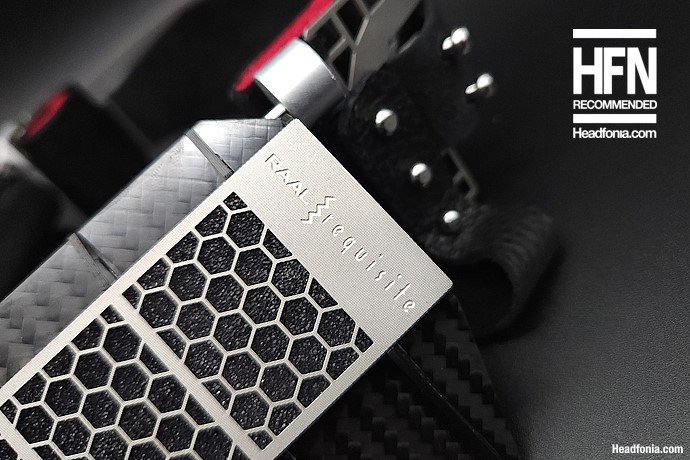
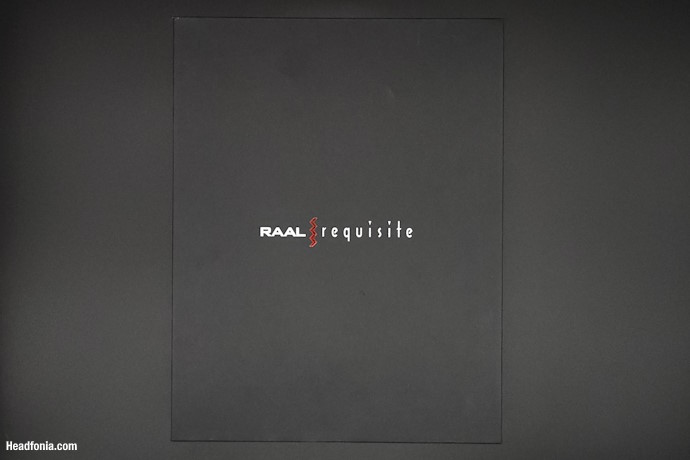
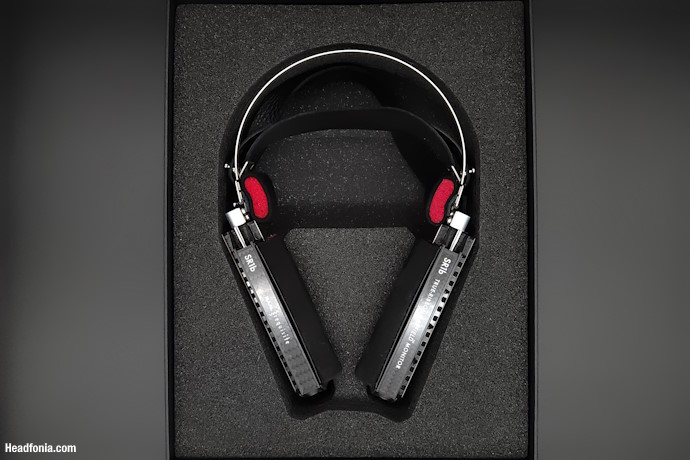
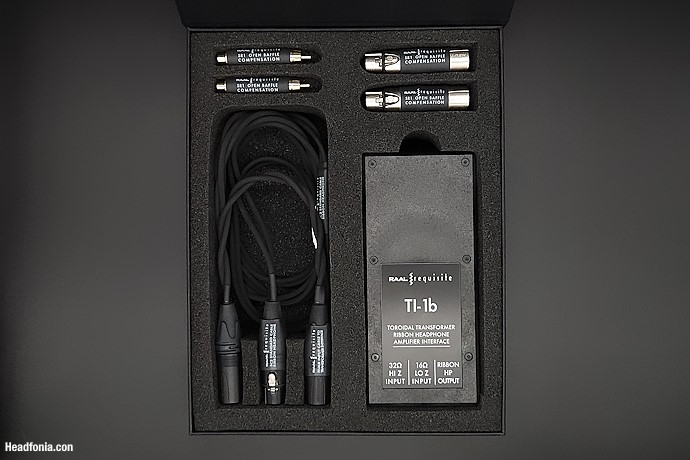
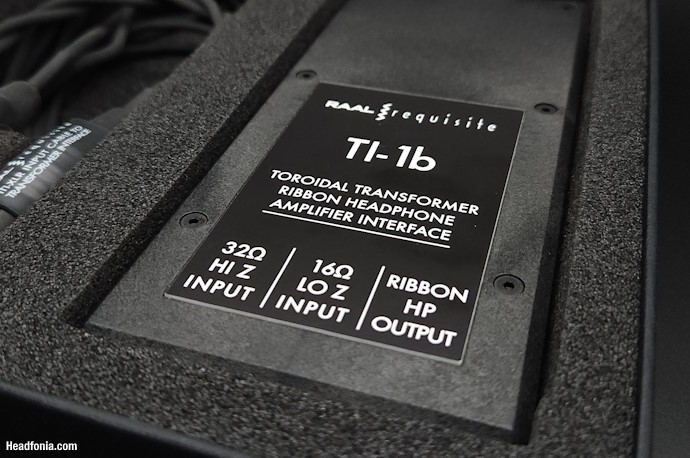
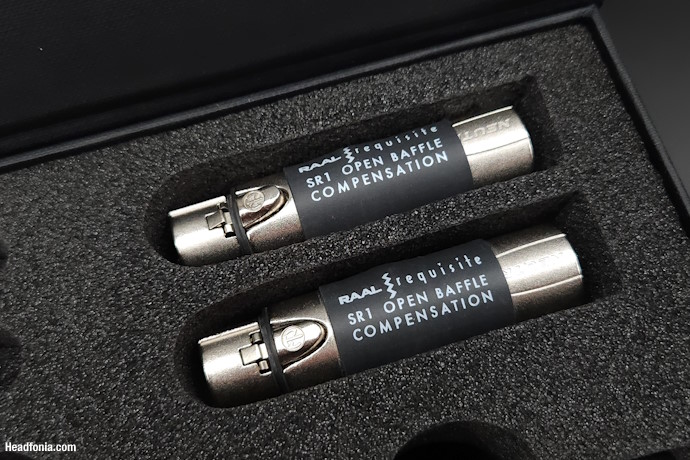
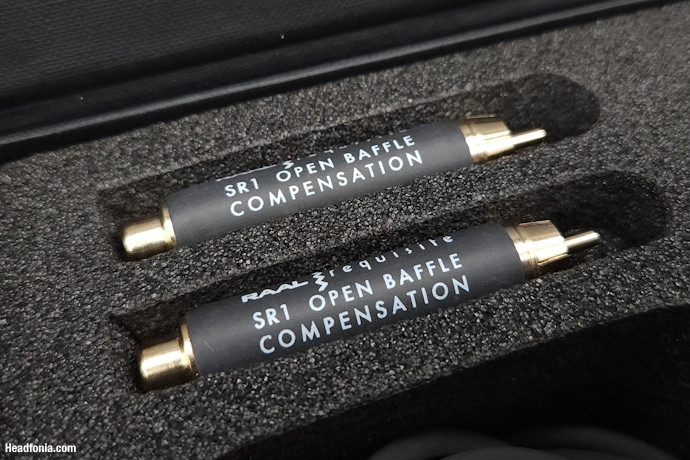

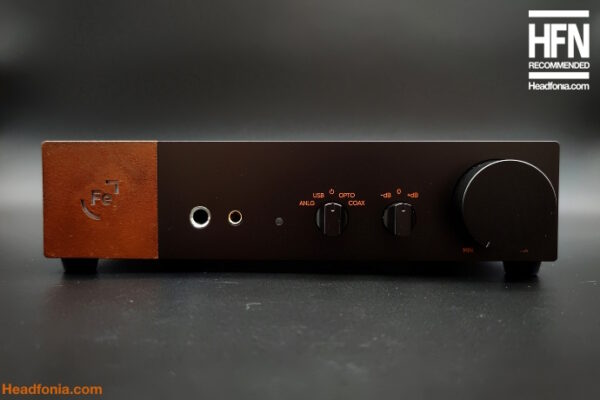
Mr Craig Pollock
Great Review! I came down to CanJam london 2023 specifically fo hear these headphones and i was very impressed ( listened on the RME ADI-2 DAC fs too, which i have) but it was just too noisy in the Hall to really appreciate them.
The CA-1a offered more protection from ambient sound and sounded excellent even with the general CanJam hubbub enveloping me . Danny McKinney was really helpful and we talked music and recording music (Danny used to build mixing desks) and for the type of music i liked (live Jazz, small Jazz combo’s) he suggested the SR-1b would be the best fit. So I’m going to book an appointment with Hifonix to listen to them in a much quieter environment and hopefully hear them on the Cayin HA300 which is on my List and it may have to wait another year if i go for the Raals first.
I am hoping for good things with the Cayin HA 300 especially when you give the HA 3 the thumbs up even if its a bit underpowered with the Raal’s.
Lieven
Thank you! Insider info, I recommend to hold off that purchase for a few weeks
SR-1b and CA-1 are both awesome though
OffRamp
Another fine review.
Here’s where I am, second headphone rig setup.
I like flexibility and the first rig has three amps connected to it.
The second rig has N8II, Denafrips Venus II, for the I2S input. [ I know you feel me ].
Because of money Woo Audio WES amp, cause I purchased the Stax limited editions on impulse. (I really wanted a Blue Hawaii) after research. Too late tho. I can still run another amp into this setup like the first. No more solid state amps it will be tube. That I haven’t decide yet. The third amp setup for this headphone? You make a convincing argument for the topic headphone.
339 on first rig still too good once those tubes get hot… you make reading around expensive.
Still in the background
Still reading around